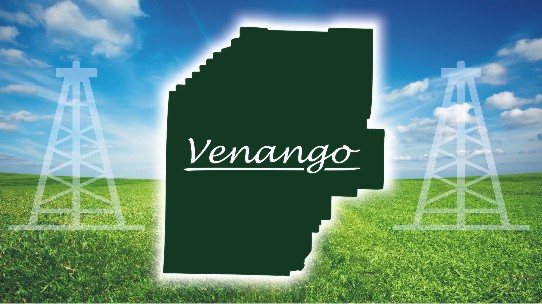Although a decent dose of rain during the coming week is good news, a meteorologist with the National Weather Service in Pittsburgh said it’s no guarantee that it will get the region out of its moderate drought.
According to Lee Hendricks, a moderate drought means streams, reservoirs and wells, particularly those 100 feet or less in depth, are low, and that water shortages are imminent. People also should expect damage to crops and pastures, and voluntary water usage is requested.
“The rain we are expecting has a chance to get us out of the moderate drought stage, but I’m not confident that it will,” he said. “It would be close to getting us out of it.” Reservoirs, though, are below summer levels.
However, during this two-plus weeks of dry weather, “we have been fortunate in that we have had only one week of intense temperatures over the region. We’ve been darn lucky with that.”
That’s because, he explained, higher temperatures “exacerbate the drying out.” The lower temperatures “have been a good thing for our area.”
The Allegheny River basin, Hendricks said, should expect a total of between three-quarters to one and one-half inches of rain beginning Sunday evening and each day that follows through Friday, with the “biggest batch of rain at one time” falling Sunday night through Monday.
“The rain is going to be broken up over a period of days; so, it’s not going to do anything significant to reservoirs. Some shallower wells might see a bump,” he said.
About half of the rain will be absorbed by vegetation, he said, “and that will be good for farmers. The amounts of rain will vary greatly between locations.”
Although the soil is dry, Hendricks isn’t expecting flash flooding next week.
The heaviest rainfall, he said, would increase the amount of runoff going into streams and rivers, but the amount of precipitation shouldn’t be significant enough for flash flooding, “at least not at this point.
So far for June, according to Hendricks, “western Pennsylvania is sitting at a trace of rainfall, which is already 1.07 inches below normal.” However, if the outlook for the next three months holds true, there would be improvement.
In citing the Weather Service’s long-range forecast, Hendricks said, June, July and August should record “slightly above average” precipitation this year.
The monthly average rainfall for June is 4.12 inches; in July, it’s normally 4.26 inches. Each of those months this year should see about 4.5 inches, according to Hendricks. August, which normally averages 3.5 inches of rainfall, should log about 3.75 inches.
High temperatures for that time period, he said, also are expected to be “slightly above normal.” In other words, during the time of year when normal high temperatures “should be 82 and 83 degrees, you can expect 84 to 85.”
Another benefit of next week’s expected rainfall, Hendricks said, is that it, along with changing wind patterns, will help clear out the smoke particles from the Canadian wildfire that has filtered into the region.
“The problems we have been experiencing is because of the spin of an upper-level, low-pressure system that is over New England giving us northerly winds,” he said.
“There’s also the spin of the ridge of high pressure” to the west that together with the low pressure is creating a pretty big funnel. On Saturday, the low pressure will go over the Atlantic and change winds to westerly and the smoke should be gone.”
So, by the time rain arrives Sunday evening, the only thing left in the atmosphere from the smoke will be particles, according to Hendricks.
“That’s the great thing with rain,” he said. “Just like it does with pollen, it will wash out those particles and they will just go into the soil” without any ill effects expected for people with compromised health.
“Now, if your car is out in the rain, it will get dirty.”






























